Alpacas in Utah: The Pros and Cons of Their Habitat Adaptability
Ever wondered if alpacas call the Beehive State home? You’re not alone. It’s a question that’s piqued the curiosity of many. After all, Utah’s diverse terrain seems like it could be a great fit for these adaptable creatures.
Alpacas, known for their soft and luxurious wool, originate from the Andean regions of South America. But can they thrive in Utah’s unique environment? It’s a question worth exploring.
In this article, we’ll delve into whether alpacas have made Utah their home. We’ll look at the factors that make Utah a suitable or unsuitable habitat for these fascinating creatures. So, let’s embark on this journey of discovery together.
Key Takeaways
- Alpacas, initially from the Andean regions of South America, are known for their adaptability and have successfully made a home in the unique terrain of Utah.
- Key factors contributing to Utah’s suitability as a habitat for alpacas include its diverse terrain, which bears resemblance to the alpacas’ original Andean home, and its moderate climate.
- Alpacas are capable of withstanding various weather conditions, thriving in both cooler and hotter climates. They demonstrate adaptability by seeking shade during peak heat times and utilizing their thick woolen coats for warmth in the cold.
- Utah’s varied topography, from mountainous regions to semi-arid landscapes, along with a diet rich in Utah’s perennial grasses, shrubs, and trees, aids the alpacas’ survival and thriving in the state.
- Despite their successful adaptation, certain aspects of Utah’s environment may pose challenges for alpacas. These include extremely hot summers, fluctuating water availability, and potential nutrient deficiency in the soil.
- The introduction of alpacas, a nonnative species, to Utah’s ecology could have potential implications for local flora and fauna, indicating the need for careful monitoring to limit negative ecological impacts.
The Adaptability of Alpacas
The remarkable adaptability of alpacas is one reason they’re such a fascinating species. It’s no small feat for an animal originating from the Peruvian highlands to find satisfaction in the geography and climate of Utah. In terms of survival, alpacas prove to be a hardy bunch, capable of braving different weather conditions and environments.
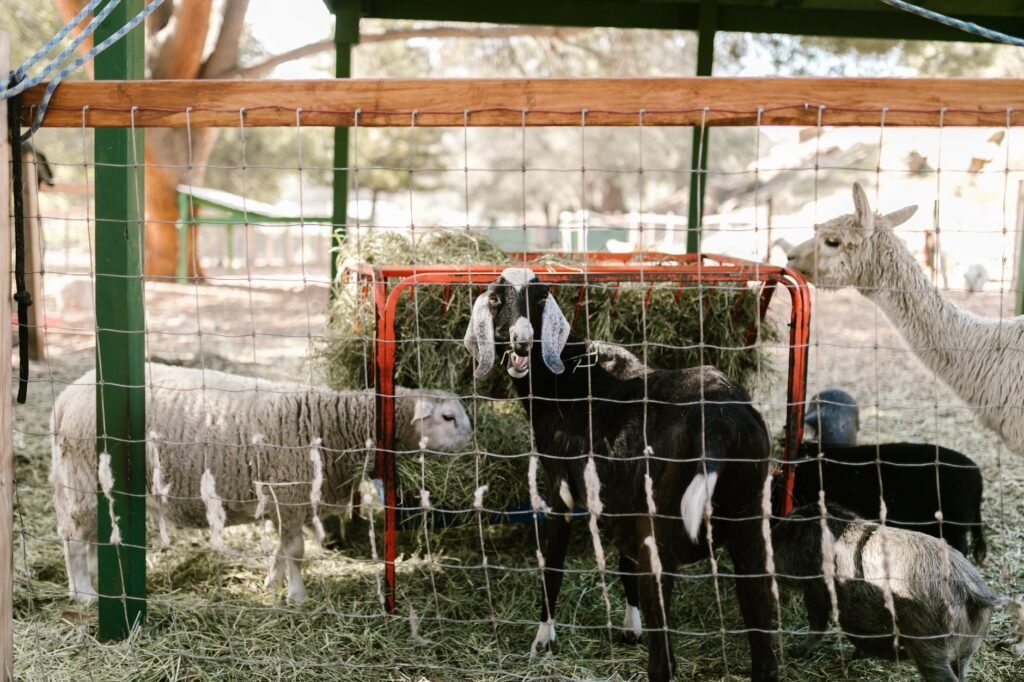
Notably, alpacas have a robust digestive system. They’re ruminants, meaning they chew cud like cows and goats. They’re able to derive maximum nutrients from plant materials. Moreover, as part of their adaptation characteristics, alpacas can go for long periods without water, features that are critical when facing arid Utah landscapes.
| Species Characteristics | Alpaca |
|---|---|
| Water Tolerance | High |
| Nutrient Extraction | Maximum |
| Weather Resistance | Varied (Hot/Cold) |
Alpacas also demonstrate an adaptive response to varying weather conditions. They do exceptionally well in cooler climates thanks to their thick woolen coats that provide natural insulation. As a matter of fact, the sheared wool from alpacas is highly prized and utilized in textile industries. Interestingly, in hotter regions, these animals have been found to tolerate the heat by seeking shade and cool spots during the day’s peak heat. Their sheer adaptability explains why it’s possible to spot Alpacas in Utah’s varying landscape, alternating between hot summertime temperatures and frigid winter spells.
The Origin of Alpacas
Even though we’ve come to associate alpacas with Utah’s unique landscapes, it’s essential to remember their original roots. Hailing from South America, specifically the Andean highlands of Peru, Bolivia, and Chile, alpacas have been domesticated for thousands of years. With over 5,000 years of history in these harsh environments, alpacas serve as a testament to nature’s incredible adaptability.
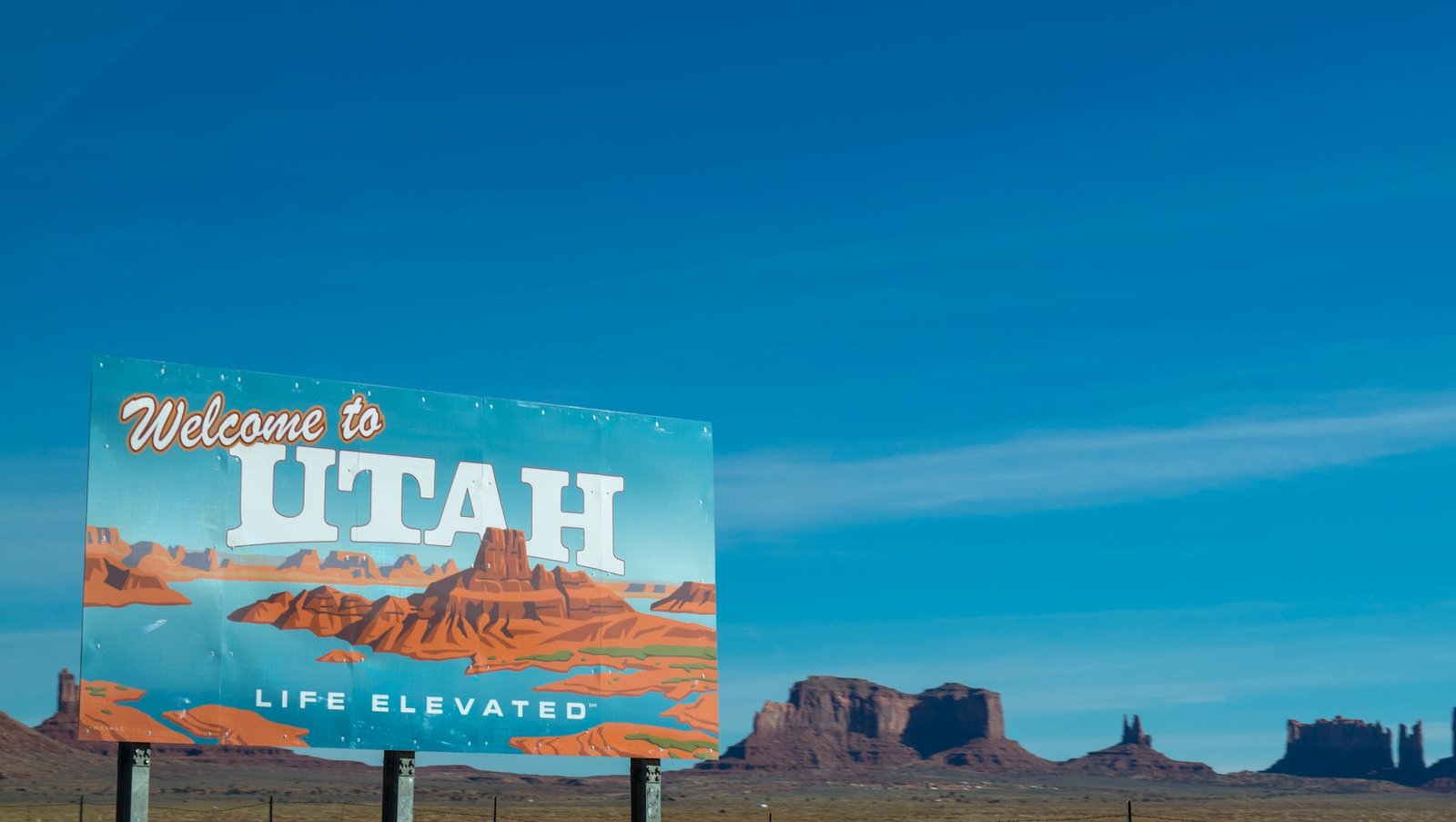
With approximately 90% of the world’s alpaca population in Peru alone, it’s clear this region holds a significant place in the alpaca’s history. Remarkable as it may seem, these creatures have managed to become a vital part of Utah’s ecology despite their exotic heritage.
It may pique your curiosity as to how these South American natives journeyed their way to the North American landscapes. Well, it all started in the 19th century. As global trade routes expanded, so did the introduction of new species into unfamiliar locales. Alpacas were brought to North America, initially as a novelty for the wealthier classes. But it wasn’t long before people saw the value and resilience in these wonderful creatures. Especially in places like Utah where the climate and terrain can often be challenging, alpacas found a new home.
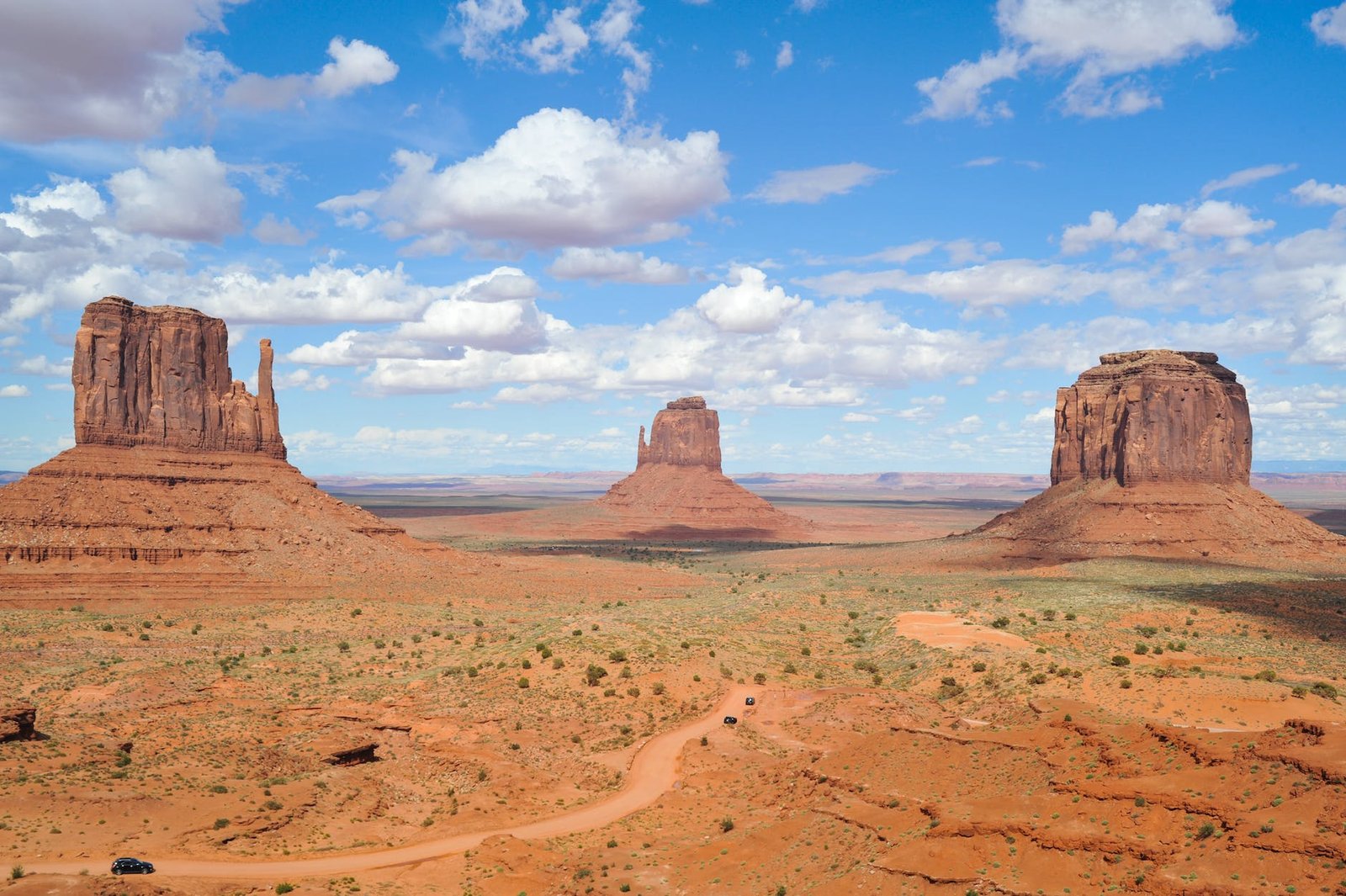
They were found to be ideal for this landscape, from their low water requirements to their robust coats suitable for cooler climes. Even their ability to find shade and cool spots during the hot months was a trait that served them well in their new home.
This concise recap of alpaca history helps further our understanding of these beautiful creatures. Seeing their journey from the highlands of South America to the wilds of Utah, we can appreciate the versatility and adaptability that alpacas have displayed. This adaptability, matched with resilience and beauty, has led to a growing appreciation of alpacas within the United States and specifically in Utah.

So, with their South American roots and North American cultivation, alpacas have a rich history worth exploring. We’ll go on to delve into more depth on the alpaca’s introduction and impact on Utah, following this peek into their roots. Stay hooked for a fascinating journey as we continue exploring this wonderful species across various landscapes.
Utah’s Unique Environment
In the midst of the American Southwest, Utah stands out, offering a unique habitat that’s rather accommodating for alpacas. Known for its varied landscapes, it’s what makes Utah an ideal place for these friendly creatures to thrive.
Mountainous regions encompass a significant portion of Utah — from the Wasatch Range in the north to the high plateaus in the south. This terrain mirrors the Andean highlands, providing a familiar environment for alpacas.
Utah’s climate plays a significant role in why alpacas find it a suitable state. The state experiences cold winters, similar to the alpacas’ ancestral Andean highlands, enabling their thick, duvet-like coats to come into good use. Bitter cold, snow, and frost — these are natural elements an alpaca can withstand.
Furthermore, the state’s semi-arid to arid climate aligns well with the animals’ low water requirement. Utah’s long, hot summers may seem unfavorable to some species, but not for alpacas. Known for their adaptability, they locate shaded areas and water, making the most out of Utah’s hot months.
One more aspect worth highlighting: Utah’s vegetation. Wide ranges of perennial grasses, shrubs, and trees in Utah’s higher elevations create ideal grazing conditions for alpacas. These resilient animals have adapted to indulge in a diet of low-grade vegetation, which is abundant throughout Utah.
It’s evident then: the geographic, climatic, and ecological attributes of Utah constitute an inviting environment for alpacas. From the uncanny resemblance to their native Andean home, to the climate and vegetation — Utah is simply a fantastic choice for these fluffy fellows.
What will be the next chapter in the story of alpacas in Utah? Stick around to find out.
Factors That Make Utah a Suitable Habitat for Alpacas
As I delve deeper into this topic, it becomes clear that a multitude of factors contribute to making Utah an ideal habitat for alpacas. First and foremost, Utah’s unique climate and geography hold a startling resemblance to the Andean highlands, alpacas’ ancestral home.
Utah’s cold winters play an integral role in this arrangement. With low temperatures and chilling winds, alpacas utilize their thick wool efficiently. Unlike other animals, alpacas don’t find the season harsh—rather, they seem to enjoy basking under the sun, wading through the snow, all while keeping warm with their superb natural insulation.
Notably, Utah’s semi-arid to arid climate also aligns well with alpacas’ minimal water requirements. In parts of Utah, the environment is close to that of the plateaus and mountains of South America where alpacas have survived and thrived for centuries.
What adds to Utah’s suitability for alpacas is the abundance of perennial grasses, shrubs, and trees. Alpacas are gentle on the land and find pastures a wonderful place to graze, making the diverse botanical life found throughout Utah an excellent food source.
Alongside the botanical diet, Utah’s soil, rich in vital minerals, also invites the healthy growth of alpacas. Known for high calcium and phosphorus levels, these key nutrients aid alpacas in maintaining a sturdy skeletal structure, effectively contributing to their overall health and wellbeing.
In the upcoming sections, the discussion will delve further into the impacts of introducing alpacas to Utah and the potential consequences for both the alpacas and the local ecosystem. We’ll explore topics such as the effect of alpaca grazing on Utah’s flora and potential conflicts with native fauna.
Factors That Make Utah an Unsuitable Habitat for Alpacas
While Utah’s climate and geography bear quite a resemblance to the alpaca’s native Andean highlands, there are indeed certain factors that might make it rather inhospitable for these creatures.
One major challenge is Utah’s harsh summer. A typical alpaca thrives in moderately cool temperatures. During the blistering summers in Utah, heat stress can easily set in for these animals. Despite having thick coats that protect them against cold, alpacas don’t handle high temperatures well.
Another differing factor is Utah’s fluctuating water accessibility. Remember that alpacas originate in the Andes, a mountain range with consistent water flow from melting glaciers. Compared to this, Utah’s water resources can be unpredictably scarce, especially given the state’s semi-arid to arid climate.
The divergent nutritional profile of Utah’s soil compared to Andean highlands is another point of consideration. While Utah’s soil is abundant with certain minerals, it might be lacking in some essential nutrients that alpacas require. Alpacas need a diet rich in protein, fiber, and certain vitamins and minerals to maintain good health.
Introducing alpacas to Utah might also have ramifications for local ecosystem. Alpacas, being nonnative species, could potentially impact local flora and fauna negatively. Predator-prey dynamics might change, leading to unintended ecological consequences.
While on the surface Utah might seem like an ideal habitat for alpacas, these factors suggest that it might not be the most hospitable place for them, after all.





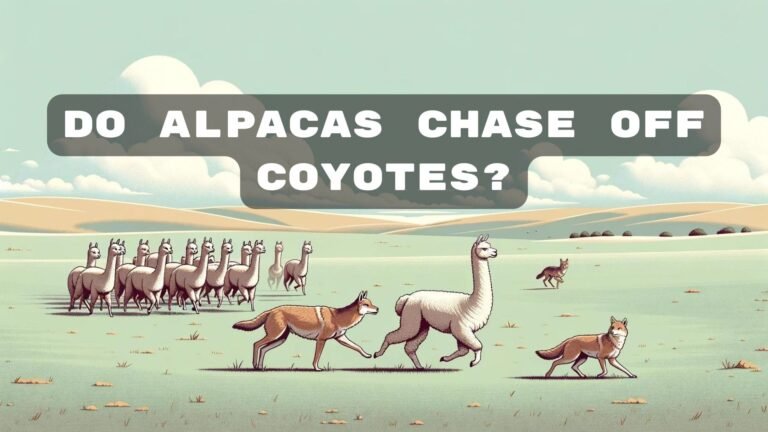
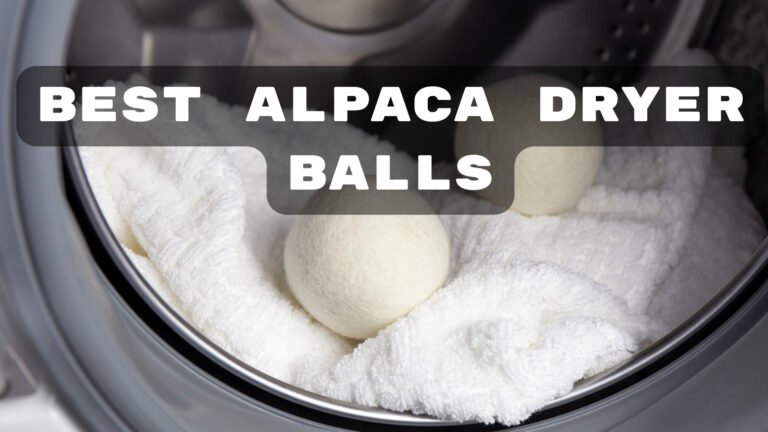
Our picks
Alpaca & Wool Felted Sole Inserts: Comfy Upgrade?
Best Alpaca Socks for Hiking: Ultimate Comfort and Durability on Trails
Best Alpaca Halter for Comfort and Control